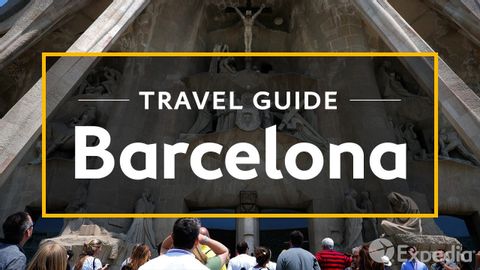
Subtitles & vocabulary
Barcelona Vacation Travel Guide | Expedia
00
Eric Wang posted on 2020/03/14Save
Video vocabulary
explore
US /ɪkˈsplɔr/
・
UK /ɪk'splɔ:(r)/
- Transitive Verb
- To examine something in detail to learn about it
- To travel to a place to discover more about it
A2TOEIC
More humble
US /ˈhʌmbəl/
・
UK /'hʌmbl/
- Adjective
- Being lower in quality or status
- Not proud/arrogant; of low status
- Transitive Verb
- To make someone feel less proud or confident
B2TOEIC
More inspire
US /ɪnˈspaɪr/
・
UK /ɪn'spaɪə(r)/
- Transitive Verb
- To give someone an idea to do or make something
- To make someone feel a certain emotion
- Intransitive Verb
- To breathe in
- To draw (air, etc.) into the lungs.
B1TOEIC
More divine
US /dɪˈvaɪn/
・
UK /dɪ'vaɪn/
- Adjective
- Concerning or coming from God or a god
- Being very good or wonderful
- Intransitive Verb
- To predict through feeling and without reason
B1
More Use Energy
Unlock All Vocabulary
Unlock pronunciation, explanations, and filters
